Okay Google, Find Home Depot: The Power of Voice Search

- Voice Search Popularity
- Google Assistant Integration
- Mobile Device Usage
- Location Services Importance
- Near Me Search Convenience
- Business Listings Accuracy
- Voice Search Optimization
- Home Depot's Online Presence
- Voice Shopping Trends
- Future of Voice Commerce
- AI Personalization Impact
- Privacy Considerations
Voice Search Popularity
The increasing popularity of voice search is undeniable. People find it convenient and quick to use voice commands for a variety of tasks, from setting alarms to getting directions. This shift in user behavior is largely driven by the accuracy and convenience of voice assistants like Google Assistant. When you say "Okay Google, find Home Depot," your device leverages Google's powerful search algorithms to instantly understand your request and provide the most relevant information. It might show you the nearest Home Depot locations on a map, provide store hours, or even let you call the store directly – all without typing a single word. This ease of use, combined with the growing ubiquity of smartphones and smart speakers, has made voice search an integral part of how we interact with technology, including finding businesses like Home Depot quickly and efficiently.
Google Assistant Integration
With Google Assistant, finding your nearest Home Depot is as easy as saying the words. Whether you're at home prepping for a DIY project or on the go and need to make a quick stop, Google Assistant can help you find the closest location, hours of operation, and even directions.
Simply say "Okay Google, find Home Depot" or "Hey Google, where's the nearest Home Depot?" and your helpful digital assistant will use your device's location services to pinpoint the most convenient option. You can even ask for specific information like "What are the hours for Home Depot on Sunset Boulevard?" or "Is Home Depot open on Sundays?"
Google Assistant seamlessly integrates with your smartphone, smart speaker, or even your car's infotainment system, making it incredibly convenient to access this information hands-free. This is especially useful when you're driving or have your hands full with other tasks. No more fumbling with your phone or searching through websites – just ask Google and get the information you need instantly.
Mobile Device Usage
The rise of mobile device usage has significantly impacted how we interact with the world, including finding information and making purchases. Voice search, in particular, has seen explosive growth, with "Okay Google" becoming a common phrase in many households. This shift in user behavior has implications for businesses like Home Depot, as consumers increasingly turn to their smartphones for everything from product research to store locations.
Imagine this: you're knee-deep in a DIY project when you realize you need more screws. Instead of stopping everything to search on your computer, you simply say, "Okay Google, find Home Depot near me." Your phone understands the request, processes your location, and provides you with the nearest store's address, hours, and even directions. This ease of use and speed make voice search via mobile devices incredibly convenient, especially for users on the go.
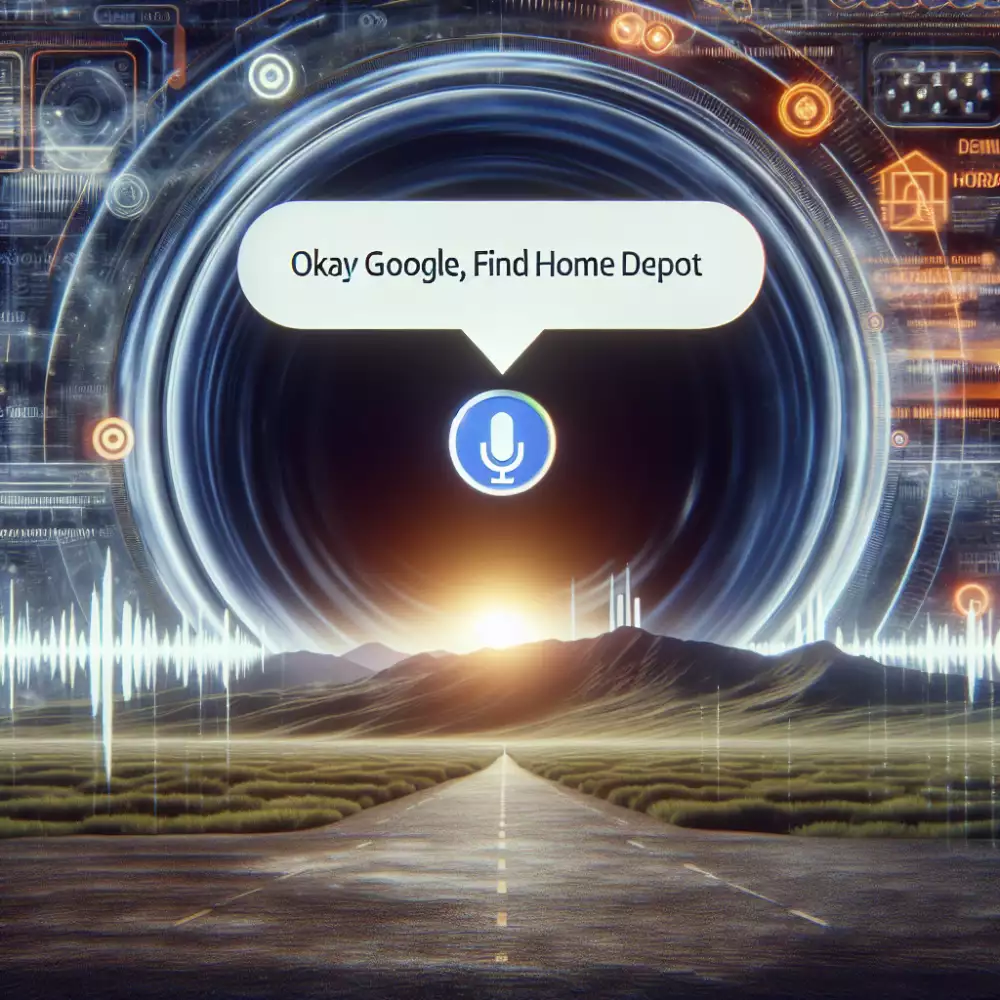
For Home Depot, optimizing its online presence for voice search is crucial. This includes ensuring accurate and consistent business information across platforms like Google My Business. Additionally, understanding the specific phrases and questions people use in voice searches related to home improvement can help tailor content and improve visibility. As mobile device usage continues to grow, businesses that adapt to these evolving consumer behaviors will be best positioned for success.
Location Services Importance
The ability to quickly locate the nearest Home Depot, or any other store for that matter, is incredibly useful, especially when you're on the go. Imagine this: you're driving and suddenly remember you need to pick up some paint from Home Depot. Instead of pulling over, getting out your phone, and typing in the search query, you can simply use your voice. By saying, "Okay Google, find Home Depot," Google Assistant leverages your device's location services to instantly pinpoint your location and provide directions to the nearest Home Depot store.
This seamless integration of voice commands and location services makes finding what you need incredibly convenient. It saves you time and effort, allowing you to focus on other things. Whether you're looking for a specific store, restaurant, or gas station, location services are essential for delivering accurate and relevant search results based on your current location.
Near Me Search Convenience
In today's fast-paced world, convenience is key. When you're in the middle of a home improvement project and suddenly realize you need a specific tool or material, the last thing you want to do is spend precious time searching for the nearest Home Depot. That's where the power of voice search comes in. With a simple "Okay Google, find Home Depot near me," Google Assistant springs into action, using your device's location to pinpoint the closest Home Depot stores.
No more fumbling with your phone, typing in addresses, or squinting at maps. Google Assistant provides you with a list of nearby Home Depot locations, complete with addresses, distances, and even store hours. You can even get directions directly to the store, ensuring a smooth and efficient shopping experience. This level of convenience is a game-changer for busy individuals who value their time and want to make the most of every minute.
Business Listings Accuracy
When you utter the words "Okay Google, find Home Depot," your virtual assistant springs into action, leveraging the power of Google's vast database to pinpoint the nearest Home Depot location. But what ensures the information you receive is accurate and up-to-date? The answer lies in the realm of business listing accuracy.
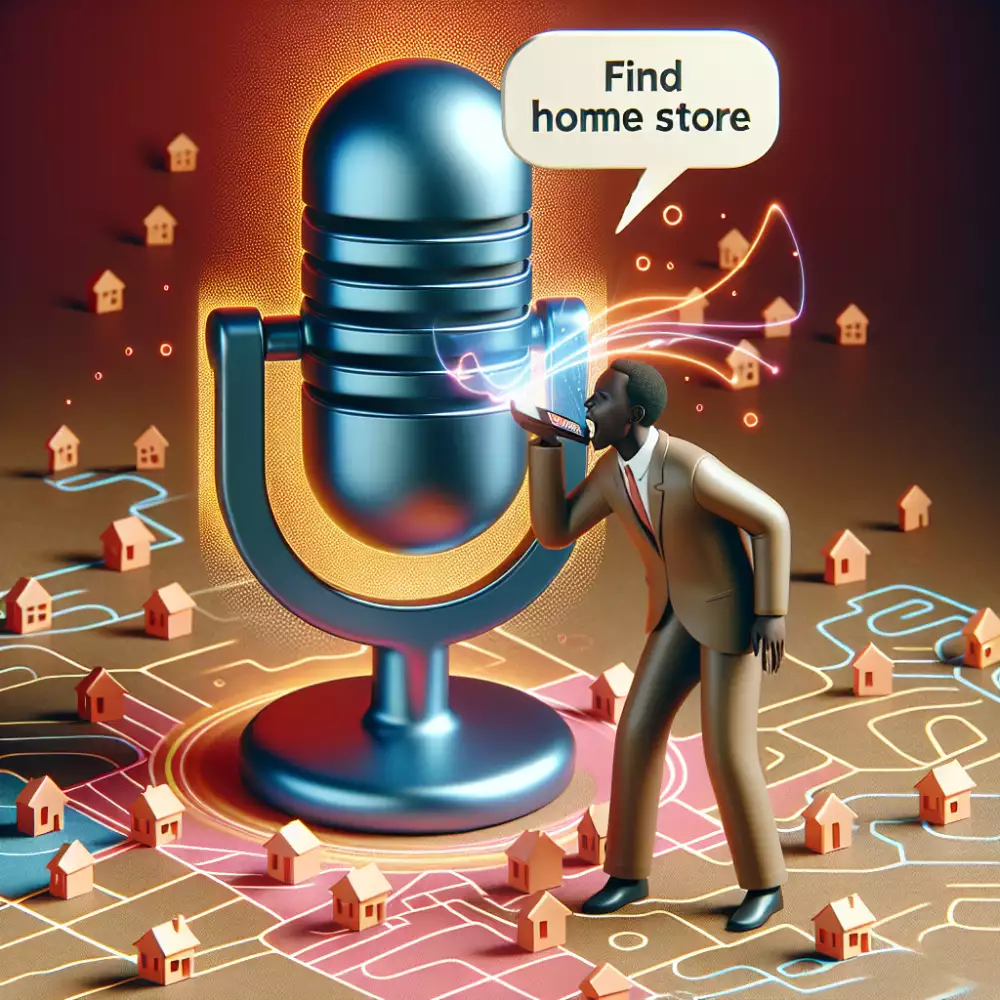
| Feature | "Okay Google, find Home Depot" |
|---|---|
| Input Method | Voice Command |
| Device Compatibility | Smartphones, Smart Speakers, Smart Displays (any device with Google Assistant) |
| Action Performed | Searches for nearby Home Depot locations using Google Maps (or equivalent). |
For voice search commands like "Okay Google, find Home Depot" to yield reliable results, Google relies heavily on accurate and consistent business information. This includes crucial details such as the store's name, address, phone number, hours of operation, and even the types of services offered. When businesses maintain consistent and accurate listings across various online platforms, it strengthens their online presence and allows Google to confidently present users with the correct information.
Inaccurate or inconsistent listings can lead to frustrating experiences for customers who might drive to a closed store or call a disconnected number. This highlights the critical role businesses play in managing their online presence. By claiming and verifying their business listings on Google My Business and other relevant directories, businesses can ensure customers searching for "Home Depot" or using voice commands like "Okay Google, find Home Depot" are met with accurate and reliable information, ultimately leading to a smoother customer journey.
Voice Search Optimization
Voice search is changing how people find information and businesses online. For businesses like Home Depot, optimizing for voice search is crucial to capture voice-driven traffic. When someone says, "Okay Google, find Home Depot," their device uses Google's voice search technology to understand and process the request. To rank well for this type of query, Home Depot needs to focus on several key areas. First, they need to ensure their Google Business Profile (GBP) is accurate, complete, and up-to-date. This includes their business name, address, phone number, hours of operation, and website. Second, Home Depot needs to optimize its website content for relevant keywords and phrases that people might use in voice search. For example, instead of just using the term "power tools," they might also want to include long-tail keywords like "best power tools for home renovation" or "where to buy cordless drills." Additionally, Home Depot should structure its website content to be easily understood by voice assistants. This means using clear headings, concise sentences, and a conversational tone.
Home Depot's Online Presence
Home Depot has fully embraced the digital age, making it easier than ever to shop for your home improvement needs using just your voice. Imagine this: you're knee-deep in a DIY project when you realize you need more screws. Instead of putting everything down and searching on your phone, you simply say, "Okay Google, find Home Depot." Google Assistant, your helpful digital companion, understands your request and instantly connects you with the Home Depot app or website.
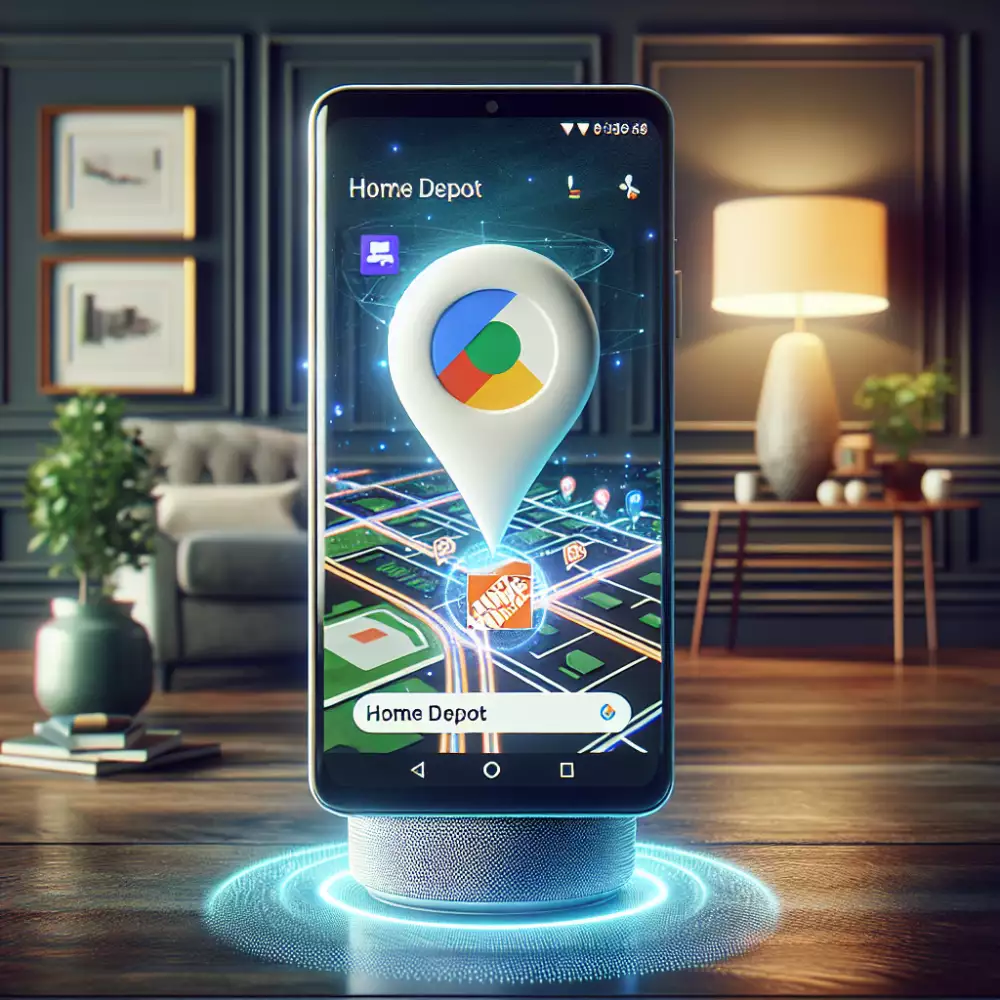
This seamless integration is a testament to Home Depot's robust online presence. They've optimized their website and app to be easily discoverable and accessible through voice search. This means you can use natural language, like you would in a regular conversation, to find the nearest store, check product availability, or even order online for pickup or delivery. No more typing on tiny keyboards – your voice is all you need. This commitment to a strong online presence, coupled with the power of voice search through Google Assistant, makes tackling home improvement projects a breeze. Whether you're searching for specific products, comparing prices, or finding the closest store, Home Depot is just a "Hey Google" away.
Voice Shopping Trends
Voice shopping is gaining popularity, and "Okay Google, find Home Depot" exemplifies this trend. People are turning to voice assistants like Google Assistant for everyday tasks, including shopping. Saying "Okay Google, find Home Depot" is a simple voice command, but it reflects a larger shift in consumer behavior. This convenience is a major driver of voice shopping. People are busier than ever, and voice commands offer a hands-free, quick way to search for products and stores. For businesses like Home Depot, optimizing for voice search is crucial. When someone says, "Okay Google, find Home Depot," the assistant needs to provide accurate and relevant information, such as location and contact details. As voice assistants become more sophisticated, we can expect even more innovative voice shopping experiences. This trend highlights the growing importance of voice search optimization for businesses across all sectors.
Future of Voice Commerce
The simplicity of "Okay Google, find Home Depot" illustrates the powerful future voice commerce holds. This straightforward command highlights a significant shift in consumer behavior – we're moving towards a screenless, voice-first interaction with technology. For businesses like Home Depot, this presents a massive opportunity. Imagine a customer planning a home improvement project. Instead of typing "Home Depot near me" into Google, they could simply ask their Google Assistant. Voice search streamlines this process, offering instant, hands-free convenience. This is particularly relevant for on-the-go consumers or those already engaged in a task, like painting a room.
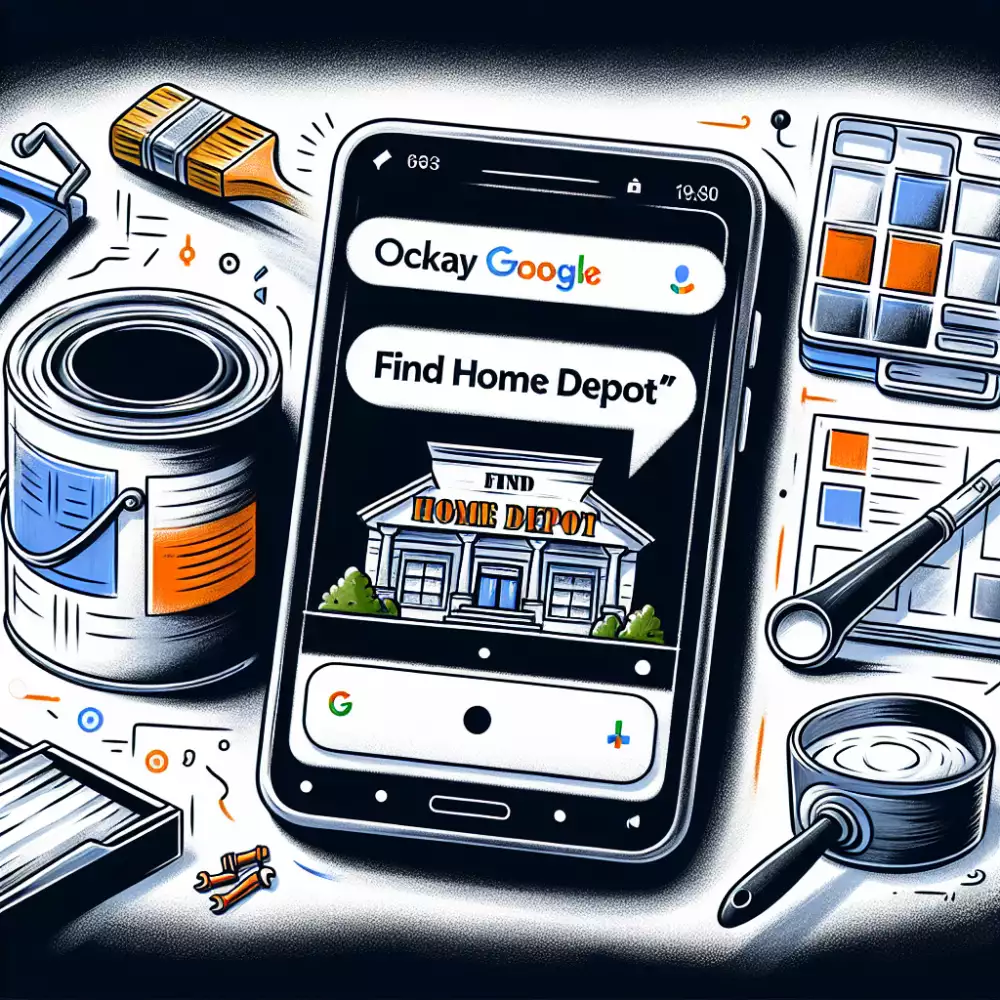
This shift towards voice interaction necessitates a change in how businesses like Home Depot approach their online presence. Optimizing for voice search, ensuring accurate business information across platforms, and even exploring voice-activated shopping experiences within their apps will be crucial. As voice assistants become more sophisticated, understanding user intent and context will be key. For example, "Okay Google, find Home Depot" might imply a search for a nearby store. But, "Okay Google, ask Home Depot if they have..." suggests a need for product information. Recognizing these nuances will allow businesses to deliver highly relevant and personalized experiences, driving engagement and ultimately, sales. The future of voice commerce is here, and it's only a matter of "Okay Google" before it becomes the norm.
AI Personalization Impact
The way we search for information has undergone a revolution thanks to AI. Take, for instance, the simple phrase "Okay Google, find Home Depot." Behind this straightforward request is a sophisticated network of AI algorithms working to provide the most accurate and personalized results.
Voice search, powered by natural language processing (NLP), understands the nuances of human speech, including intent and context. When you utter those words, Google's AI doesn't just process them as a string of words; it understands you're looking for the nearest Home Depot store. It then taps into your location data, search history, and even time of day to deliver the most relevant information.
This level of personalization extends beyond just finding a store. AI can tailor your experience by showing you opening hours, available products, and even suggesting alternative stores based on your past purchases or searches. This personalized approach saves you time and effort, making your interaction with technology more efficient and intuitive.
As AI continues to evolve, we can expect even more personalized and seamless experiences. Imagine a future where your voice assistant proactively reminds you to pick up paint from Home Depot on your way home, based on your ongoing home renovation project and shopping list. The future of search is personalized, and AI is the driving force behind it.
Privacy Considerations
When you use the "Okay Google, find Home Depot" voice command, keep in mind that Google saves your voice search history.
This data helps Google improve its services, including providing more relevant search results in the future. However, if you're uncomfortable with Google storing this information, you can manage your Google Assistant activity and even delete past recordings.
It's also important to be aware of your surroundings when using voice commands. If you're in a public place, others might be able to hear your request and the information Google provides. If you're looking for something sensitive, it might be better to type your query instead.
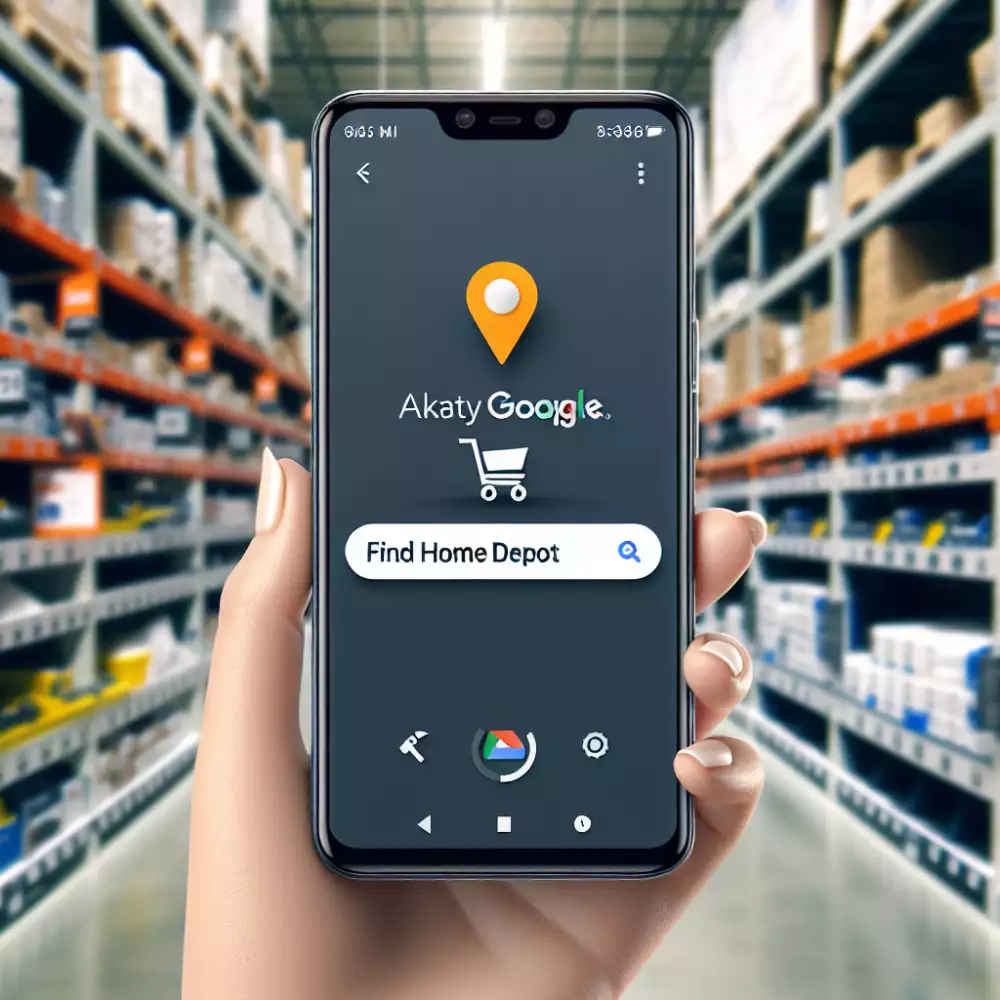
Remember, convenience should never come at the cost of your privacy. Be mindful of the information you share through voice commands and take advantage of the privacy settings available to you.
Publikováno: 15. 08. 2024
Kategorie: Technology



